Shevlin Hall
Introduction
Text-to-speech Audio
Images
Shevlin Hall was built in 1906
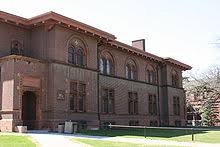
It was the home of the Women's Union from 1906 until 1940
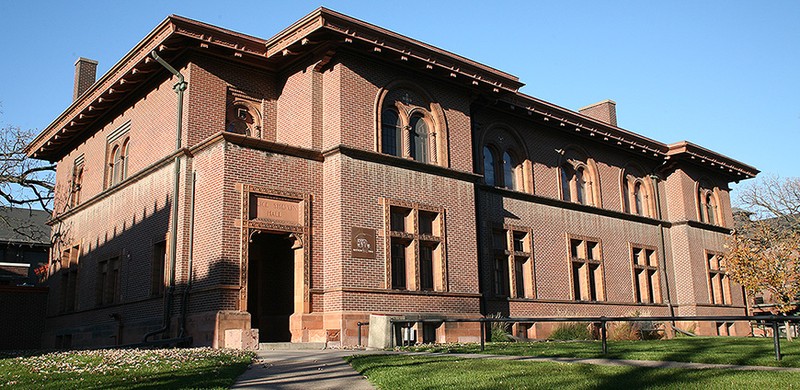
The building was designed by Ernest Kennedy in the Renaissance Revival style
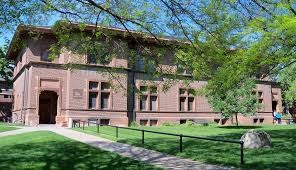
Part of Shevlin Hall's interior was remodeled in 2013
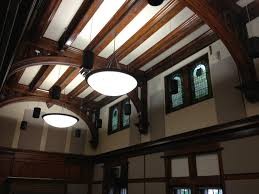
Shevlin Hall in 1908, two years after its construction
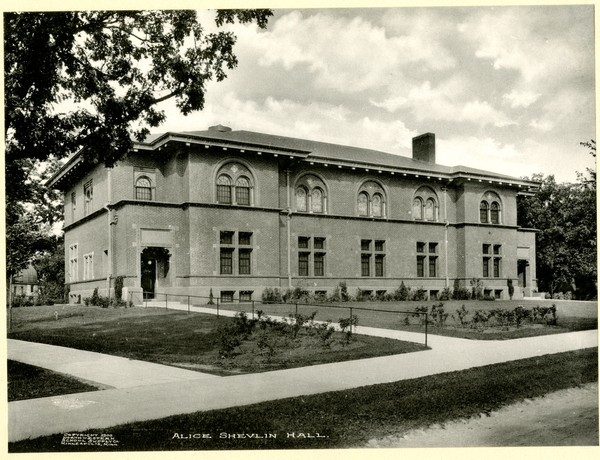
Shevlin Hall in 1954, with a plaque commemorating Old Main
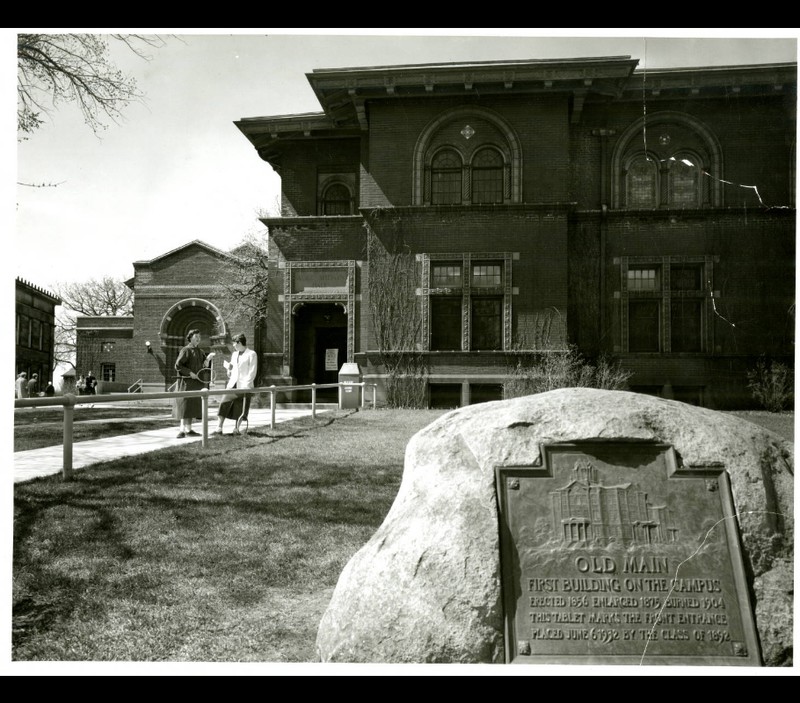
Ada Comstock, the first Dean of Women at the University of Minnesota, was a driving force behind Shevlin Hall
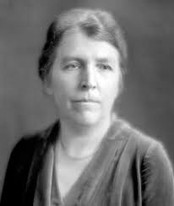
Thomas Henry Shevlin donated $60,000 for Shevlin Hall, in honor of his late wife, Alice
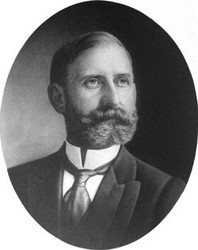
Backstory and Context
Text-to-speech Audio
Shevlin Hall sits on the former site of Old Main, the first building on the University of Minnesota’s current campus. The first wing of Old Main was built in 1856, and the building was finally completed in 1875. For the University’s first few decades, Old Main was a multi-purpose hub that housed several different departments, the University’s library collection, and various administrative offices. Old Main was damaged by fires throughout its existence, and finally burned down on September 24, 1904.
Around this time, the female student body had grown to over one thousand students, while still lacking essential resources and infrastructure. There were only two small and dilapidated rooms on campus reserved for women, and one of them had been in Old Main. The construction of a women's center on campus was seen as a necessity by female students and faculty, including Ada Comstock. Ms. Comstock was an instructor in the Department of Rhetoric who had previously studied at the U of M in the early 1890s, before continuing her education on the East Coast. When she returned to teach at the University, she became an advocate for women on campus, and was eventually appointed the University’s first Dean of Women. Ms. Comstock set about petitioning the University president, Cyrus Northrop, to build a women’s center.
Eventually, Ms. Comstock was able to persuade Mr. Northrop to build a women’s center instead of a new chemistry building, using $60,000 donated by businessman Thomas Shevlin. The building, completed in 1906, was named in honor of Mr. Shevlin’s wife, Alice. Designed by the local architect Ernest Kennedy in the Renaissance Revival style, Alice Shevlin Hall is a two-story building comprised primarily of red brick, with a terra cotta trim. Two organizations that were instrumental in Shevlin Hall’s construction, the Women’s League and the Y.W.C.A, donated stained glass windows and a large chandelier, respectively. The interior was divided into study rooms, social rooms, offices, and dining facilities, with a large living room occupying two floors (additional dining facilities were added to the rear of the building in 1920).
Upon its completion, Shevlin Hall became the headquarters for the Women’s Union, providing a safe space for women to socialize, study, eat, and relax. The Women’s Union was the first student union on campus, predating the all-male Minnesota Union, which formed in 1908 in response to its female counterpart. In 1940, with the completion of the Coffman Memorial Union, the Women’s Union left Shevlin Hall and moved into the new facility. Since then, Shevlin Hall has primarily been used by the Department of Speech-Language-Hearing Sciences, and is the site of the Julia M. Davis Speech-Language-Hearing Center.
Cite This Entry
Gronseth, Adrian. "Shevlin Hall ." Clio: Your Guide to History. April 28, 2020. Accessed April 25, 2025. https://theclio.com/tour/1312/3
Sources
- State Historic Preservation Office Staff. National Register of Historic Places Inventory -- Nomination Form, National Park Service. August 23rd 1984. Accessed April 28th 2020. https://npgallery.nps.gov/NRHP/GetAsset/33466d89-64c2-4ea4-9bd8-1b3f574c3c96.
- Facilities, University of Minnesota -- Speech-Language-Hearing Sciences. Accessed April 28th 2020. https://cla.umn.edu/slhs/about/facilities.
- Polk, Grace E.. Alice Shevlin Hall. The Bellman. June 27th 1908. 714.
- Brady, Tim. Gopher Gold: Legendary Figures, Brilliant Blunders, and Amazing Feats at the University of Minnesota. St. Paul, Minneapolis. Minnesota Historical Society Press, 2007.
- Johnson, Elwin Bird. Forty Years of the University of Minnesota. Minneapolis, MN. General Alumni Association, 1910.
https://en.wikipedia.org/wiki/University_of_Minnesota_Old_Campus_Historic_District
https://cla.umn.edu/slhs/about/facilities
https://commons.wikimedia.org/wiki/File:Shevlin_Hall_Minnesota_7.jpg
https://www.facebook.com/UMNSLHS/photos/beautiful-renovations-in-110-shevlin-hall/629567250410940/
https://umedia.lib.umn.edu/item/p16022coll175:83
https://umedia.lib.umn.edu/item/p16022coll175:275
https://en.wikipedia.org/wiki/Ada_Comstock
https://www.findagrave.com/memorial/49154921/thomas-henry-shevlin

